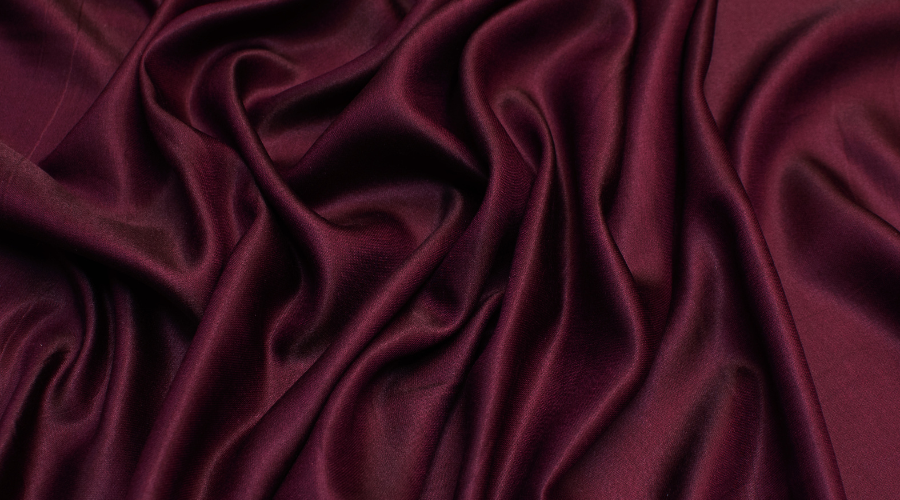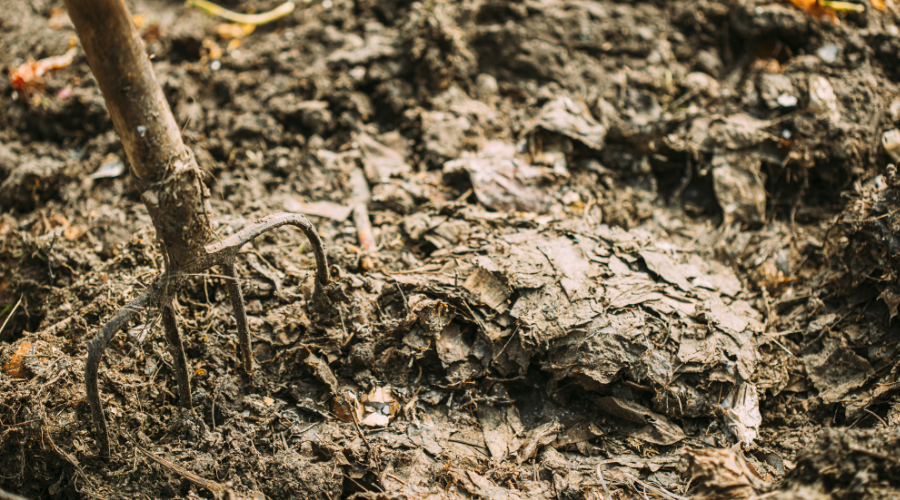
Despite all the positive press, one thing matters above all: is viscose sustainable?
Viscose is a popular fabric, and you may have already heard of it. It’s become a staple in the slow fashion industry and is used in everything from skirts to dresses, shirts, and bedding. This is due to its versatility and durability and also because it’s soft, breathable, and great for both Summer and Winter.
Viscose’s environmental impact is a big debate in the sustainable fashion industry. Some believe its positives outway the negatives, while others see it as a prime example of greenwashing.
So, what’s the answer? Read more to find out!
Want to learn more about sustainable fabric? Check out our list of the best natural and organic clothing brands.
What is Viscose Fabric?
If you’ve never heard of viscose, perhaps you’ve heard of its other name: rayon. The terms are used interchangeably. Rayon is most commonly used in the United States, while viscose is Europe’s name of choice.
The fabric has been a staple material in the fashion industry for many years. Chances are, a few items in your wardrobe could be made from this fabric. Viscose was invented first by French scientist Hilaire de Chardonnet in the late 1880s naming it the ‘Chardonnet silk.’ Unfortunately, the material was so flammable it was soon taken out of the market. In 1905, a more stable viscose rayon was introduced to the market.
Viscose fabric was made as an alternative to popular fabrics like silk, cotton, and polyester. It’s soft, durable, and cheap to make.
What Is Viscose Made From?
Viscose material is made from wood pulp. The pulp is usually sourced from fast-growing trees and regenerative plants such as eucalyptus, beech, bamboo, and sugar cane.
Is Viscose a Natural Fiber?
Is viscose natural? The answer is no. Since the material is made from plants, it’s somehow natural. But it’s also made with chemicals like sulfuric acid, making it a semi-synthetic fabric. It’s in the same category of materials as lyocell, modal, and bamboo.
How Is Viscose Material Made? Is it Sustainable?
When making viscose material, the wood pulp is first chopped into chips. Then the chips are dissolved in chemicals like sodium hydroxide to form a brown wood pulp. This solution is then washed and bleached. After that, the dissolved pulp is treated with carbon disulfide and then dissolved in sodium hydroxide, which creates a viscous solution (hence the name viscose). This solution is then forced through a spinneret, a machine with many holes resembling a showerhead, to form filaments. Finally, the filaments are soaked in sulfuric acid to form fibers. The fibers are then spun into yarn.
Viscose sustainability is complex. It’s made from trees and plants, which makes it greener than synthetic fabrics like nylon. It’s more sustainable than cotton on the plant level as its sources use less water, fertilizer, and insecticides than cotton. However, viscose manufacturing involves using chemicals that harm the environment and workers.
Is Viscose Fabric Sustainable & Eco-Friendly?
Another common question about viscose is; is viscose eco-friendly? Let’s find out.
Making a Case for Its Sustainability
Here are a few things that make viscose sustainable:
Ecofriendly
Viscose is made from fast-growing, regenerative plants, which is a huge advantage. Not only is the yield high, but you can also use a single plant multiple times without needing to plant again or expand the land. Some plant sources, like bamboo, can help restore degraded land while simultaneously providing pulp.
Biodegradability
Viscose clothing is biodegradable. This is because the material is made from natural plant cellulose. 100% viscose breaks down in about a year, which is short compared to other fabrics. Wool, for example, takes up to five years or more to biodegrade. The level of biodegradability depends on what material the viscose is blended with.

Viscose clothing is biodegradable because it’s made from natural plant cellulose.
An excellent alternative to synthetic fabrics
Polyester is one of the most widely used fibers in the world. The production of polyester releases dangerous substances into the environment. It also requires high energy to produce, and it does not biodegrade. It’s a significant contributor to textile pollution.
Another major reason that elicits a yes response to the is viscose sustainable debate is that viscose can replace polyester as it comes from natural sources and does not contribute to plastic waste as much.
An excellent alternative to animal fabrics
Animal fabrics, such as wool and silk, are better than synthetic fabrics. However, they release large amounts of methane, a greenhouse gas with a more significant global warming potential than carbon dioxide. Silk is surprisingly responsible for high volumes of greenhouse gases thanks to the fertilizers used on mulberry trees and coal used to power facilities. Another major issue is forests are cut down to create grazing land for sheep. There’s also rampant animal cruelty in the industry.
Viscose can replace these fabrics as it’s equally soft, smooth, and comfortable, and most important;y, no animals are harmed during processing. When made sustainably, viscose won’t lead to rampant deforestation or environmental pollution.
Inexpensive
A popular issue with the slow fashion industry is that most fabrics are expensive. This is because sustainability involves taking extra steps throughout production, leading to high prices. Viscose is an exception to that. It’s low-priced, which means it’s accessible to the average person. This is why more and more companies are using viscose clothing.
Making a Case Against Its Sustainability
Now let’s look at what makes viscose less sustainable.
Deforestation
Viscose is a popular fabric, and since it’s made from plants and trees, this popularity has led to deforestation. The wood used to make viscose can be harvested sustainably, depending on the company manufacturing it. Unfortunately, often the wood is harvested from natural forests. Reports have found that some of the wood is taken from endangered forests like the Indonesian peatlands. Viscose production often leads to forests being cleared to make room for plantations.
Toxic Chemicals
Viscose is plant-based but processed with chemicals that harm the environment, workers, and those who live nearby. Carbon disulfide is linked to higher levels of cancer, coronary heart disease, congenital disabilities, stroke, and more. Sodium hydroxide and sulfuric acid can harm the heart, liver, kidneys, skin, and nerves. Additionally, many factories do not practice safe disposal of these chemicals, which end up in the soil, air, and waterways. Major fashion brands like Zara and H&M have been reported to use highly polluting viscose factories in Asia.
Wastewater
In addition to chemicals, water is used during the manufacturing process of viscose fibers. The issue is that the water ends up becoming contaminated with chemicals. This means the wastewater must be treated and carefully disposed of not to pollute waterways. Ecofriendly brands even recycle water multiple times to reduce the amount of waste. Sadly, reports have found that some of the biggest viscose suppliers were pumping untreated wastewater into waterways.
Fast fashion favorite
The fact that viscose is cheap is both an advantage and a problem. It means that the average person can buy sustainable clothing. Unfortunately, it also means viscose can easily be used in the fast fashion industry, which leads to unethical and unsustainable sourcing and manufacturing.
This leads to pollution, deforestation, and exploitation of workers.
If you’re an eco-conscious shopper, then you want to know for sure is viscose sustainable? Based on everything we’ve covered, we can safely say that viscose’s sustainability depends on the brand. Eco-friendly brands use sustainably managed forests, a closed-loop system, and waste management. Some brands are unwilling to put in the effort. They will cut down forests, dump toxic waste, and overuse precious resources like water, which impacts heavily on the environment. The simple solution is for eco-friendly shoppers to shop carefully.
Looking for more natural products? Check out our list of the best natural body scrubs today.
Viscose Fabric FAQs
Is Viscose a Good Material?
Yes, viscose is a good material. It’s soft, light, breathable, absorbent, and drapes well.
Is Viscose Toxic?
Yes, viscose is toxic because it’s made from wood pulp with toxic chemicals.
Is Viscose Biodegradable?
Yes, viscose is biodegradable. 100% viscose biodegrades in roughly one year.
Is Viscose Better Than Cotton?
Viscose is better than cotton because the plants used to make the fabric use less water and fertilizer than cotton.
Sources:
- Shaikh T., et al. (2012). Viscose Rayon: A Legendary Development in the Manmade Textile.
- https://www.academia.edu/13038905/Viscose_Rayon_A_Legendary_Development_in_the_Manmade_Textile
- Park. C. H., et al. (2004). Biodegradability of cellulose fabrics. https://onlinelibrary.wiley.com/doi/abs/10.1002/app.20879
- Thalwitz G., et al. (2014). Life cycle assessment of Indian silk. https://www.sciencedirect.com/science/article/abs/pii/S0959652614005939?via%3Dihub
- Hernberg, S., et al. (1970). Coronary heart disease among workers exposed to carbon disulphide. https://oem.bmj.com/content/27/4/313
- Liss. G. M. et al. (1995). Mortality among Workers Exposed to Carbon Disulfide. https://www.tandfonline.com/doi/abs/10.1080/00039896.1996.9936016

![]() Stella - Writer
Stella - Writer
Stella is a writer and mother from Thika, Kenya.
Her love for nature and the beautiful Kenyan outdoors has inspired Stella to consciously make an effort to lead a more sustainable, eco-friendly lifestyle.


